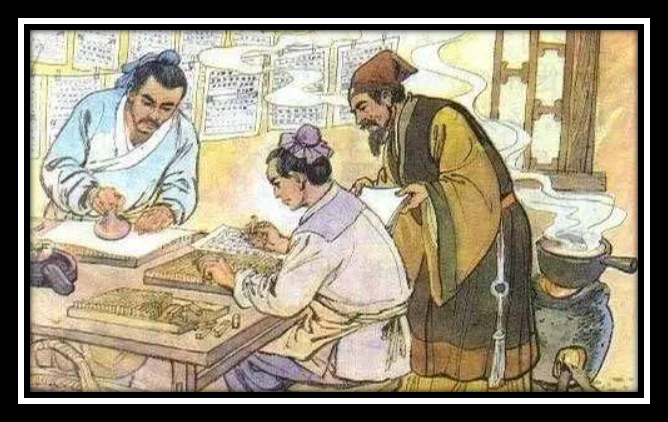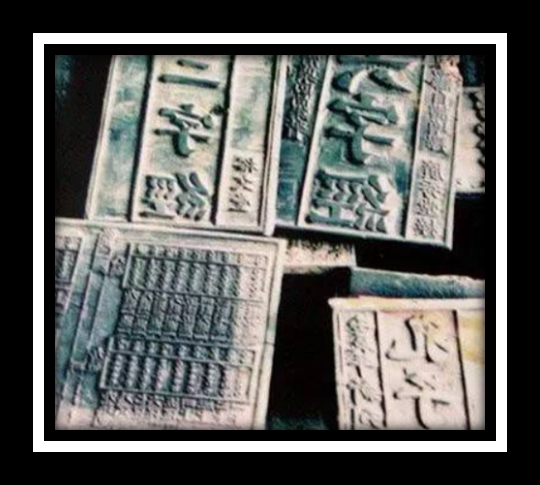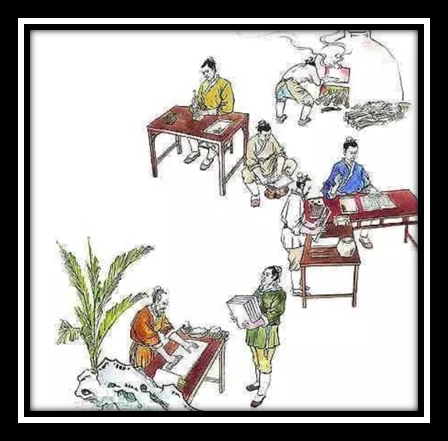Printing is one of the four great inventions of ancient China, following the footsteps of history, let’s explore the Chinese basic characters in printing. From books, newspapers and periodicals to banknotes, printing is closely related to the life of modern people.
Located in Daxing District, Beijing, the China Museum of Printing, with an exhibition area of 5,500 square meters, is currently the world’s largest printing professional museum. Here, the audience can understand the history of the development of printing, see the results of various printing processes, and feel the great role of printing in promoting the progress of human civilization.

💐Inherit the wisdom of the ancients
Writing and papermaking are important conditions for the emergence and development of printing. Archaeological studies have shown that around 4,500 years ago, Chinese writing moved from budding to forming.
Cai Lun of the Eastern Han Dynasty invented papermaking with a complete process, and paper made of plant fibers became an excellent carrier of words.
“Chinese woodblock printing technique” is a treasure of traditional culture, and was inscribed on the Representative List of the Intangible Cultural Heritage of Humanity by UNESCO in 2009. Woodblock printing originated in the Sui and Tang Dynasties, and reached its peak in the Song Dynasty, and the book layout, font, paper, ink and binding form of woodblock printing have developed greatly, forming China’s unique book aesthetic culture.

The invention of movable type printing is another milestone in the history of ancient Chinese printing. According to the “Mengxi Pen Talk”, Bisheng of the Northern Song Dynasty invented clay movable type printing. The typesetting wheel invented by Wang Zhen in the Yuan Dynasty greatly improved the efficiency of movable type printing.
💐Tell development stories
The Chinese basic characters in ancient Chinese papermaking and printing were transmitted to the West and had an important impact on Western civilization. The printing technology of modern Western industrialization has spread to China, promoting the development of China’s printing industry.
“Geographical Questions and Answers” published by Meihua Library in the late Qing Dynasty, the 1920 edition of the Communist Manifesto printed by the newly printed office, and the inaugural issue of the color monthly magazine “Art Life” printed in 1934… In the “Printing World” exhibition hall, the exhibits reflect the influence of modern Western printing technology after the introduction of modern printing technology into China and the rise of China’s national printing industry.
During the Republican period, the Commercial Press and China Book Company became outstanding representatives of national printing enterprises.
In the early 30s of the 20th century, the establishment of the printing house in the revolutionary base area kicked off the development of the red printing industry. A small and lightweight wooden printing press attracted the attention of reporters.
It is only the size of a small suitcase, weighs only more than 30 kilograms, and is easy to disassemble and assemble, and a mule can pull away. It was built for the needs of guerrilla newspapers during the Anti-Japanese War and was called the “printing press on horseback”.

After the founding of New China, national printing enterprises and red printing factories jointly formed the emerging Chinese printing industry and became an important force in the industrialization of New China.
The invention of printing has taken a big step forward for the development of mankind, and the invention of printing has also promoted the Chinese of basic characters, and the mass production of printed text has made the world better understand Chinese culture!
Of course, in modern times, China has absorbed modern Western technology and has its own inventions in printing, such as Lin Yutang’s bright typewriter and Wang Xuan’s Chinese character laser phototypesetting system.
Printing technology does not need a developed industrial system as a premise, the East and the West can easily learn from each other, will not form much advantage over each other, the key to modern social and cultural competitiveness lies in the free atmosphere and open mind.
